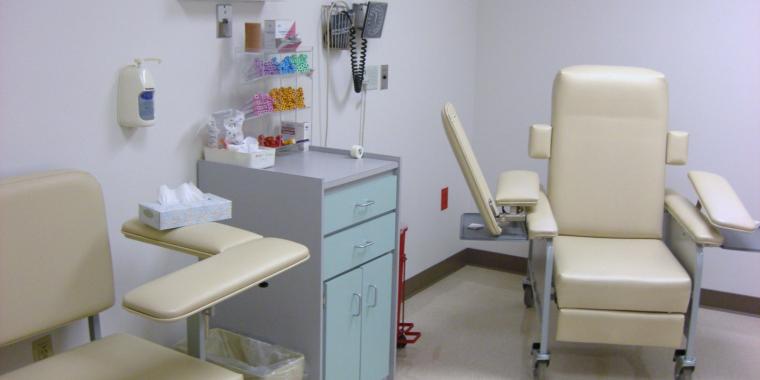
Kelley Troubled by Rise In FEHBP Premiums for 2010
9/29/09: The average 8.8 percent increase in 2010 health care premiums for federal employees and retirees covered under the Federal Employees Health Benefits Program (FEHBP) indicates the Office of Personnel Management (OPM) can do a better job in leveraging the weight of the largest health plan in the United States to keep costs down, said the leader of the National Treasury Employees Union (NTEU).
“I am disappointed with the 8.8 percent average increase and the double-digit rate hike for the largest plan in the system,” said NTEU National President Colleen M. Kelley. “These increases are coming even as OPM again uses money from reserves to keep the increases down; clearly, the need to leverage the size of the FEHBP has become even more apparent.”
President Kelley noted that OPM said the employee share of the cost for those covered by the FEHBP’s most popular health care program—the Blue Cross/Blue Shield standard plan—will rise by 15 percent for self-only coverage and 12 percent for family coverage. Roughly 60 percent of FEHBP’s more than eight million participants are covered by the Blue Cross/Blue Shield standard or basic plans.
“This is an enormous increase that erodes federal employees’ standard of living,” President Kelley said. “Affordable health care is essential in attracting and retaining a stable, high-quality workforce.”
Federal employees and their agencies share the cost of FEHBP premiums. Overall, OPM said, the portion of FEHBP premiums paid by employees will rise by 8.8 percent next year, while the government’s share will climb by 6.8 percent.
“It is very discouraging to see average increases of this magnitude,” President Kelley said. “As the largest employer-sponsored health insurance program in the nation, FEHBP covers more than eight million federal workers, retirees and their families, and they should be able to get a better deal.”
NTEU is also participating in a forum today that is exploring ways to reduce the costs of prescription drugs under the FEHBP. Prescription drug prices are a leading factor in rising health care costs nationwide.
NTEU has advocated a plan that would allow the FEHBP to use the Federal Supply Schedule to purchase drugs—the so-called ‘statutory pricing,’ which is permitted by law for the Veterans’ Administration, the Defense Department, Coast Guard and Public Health Service—which could reduce prescription drug costs by as much as 50 percent off the average wholesale price.
Meanwhile, OPM also announced increases in premiums for the two-year-old federal dental and vision coverage program as well; dental premiums will climb by an average 4.2 percent, while the vision program will see a 2.4 percent increase in premiums. Unlike the FEHBP itself, under which the cost is shared by the government and employees, federal workers pay the entire premium for their dental and vision plans on a pre-tax basis.
President Kelley also reiterated NTEU’s support for an increase in the government’s share of FEHBP premiums from an average of 72 percent to an average of 80 percent—a figure that is common among private sector employers.
